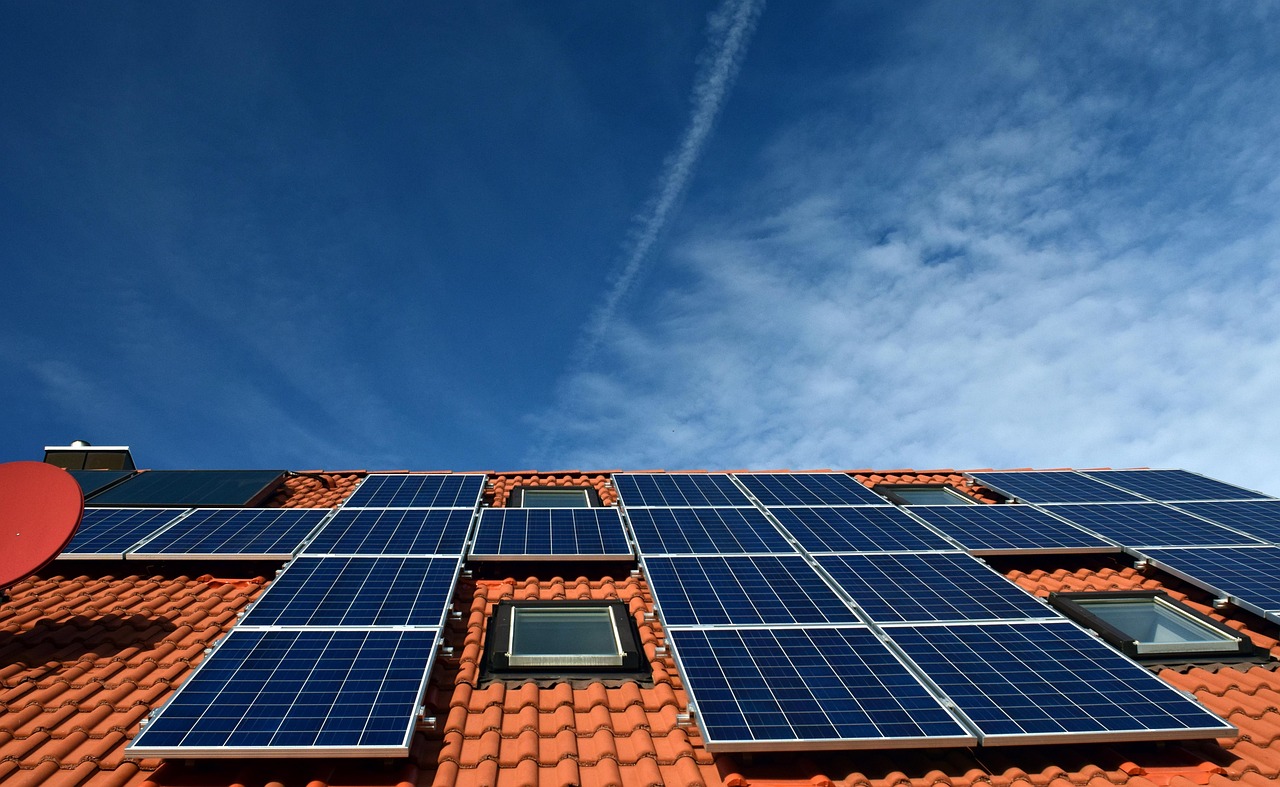Solar siding is an innovative building material that integrates solar technology directly into the exterior walls of a home or building. It combines traditional siding with photovoltaic panels, allowing structures to generate clean energy without the need for separate solar installations. This system provides a seamless way to reduce energy bills while maintaining the aesthetic appeal of the property.
Unlike conventional solar panels, solar siding is designed to blend into the architecture, mimicking materials like wood, brick, or stone. This makes it a practical option for homeowners seeking both sustainability and style. The technology behind solar siding is advancing quickly, making it increasingly efficient and accessible for a variety of building types.
By turning walls into energy-producing surfaces, solar siding offers a smart alternative to conventional solar solutions. It addresses both energy generation and building design, making it a compelling choice for those interested in eco-friendly home improvements.
Understanding Solar Siding
Solar siding integrates energy generation directly into a home’s exterior, combining functionality with design. It involves various technologies and installation methods that differ in material and efficiency. Comparing solar siding with traditional panels highlights key differences in durability, appearance, and energy output.
How Solar Siding Works
Solar siding consists of photovoltaic cells embedded into siding panels. These cells convert sunlight into electricity, which is routed into the home’s electrical system. Unlike separate solar panels, solar siding serves as both an energy source and the outer cladding, protecting the structure from weather.
The installation requires careful integration with existing wall systems to maintain insulation and structural integrity. It typically uses materials like fiber cement or metal to support the embedded cells and withstand environmental stresses. The electrical connection links all panels to an inverter, converting generated DC current into usable AC power.
Types of Solar Siding Solutions
There are two primary types: integrated photovoltaic siding and building-integrated photovoltaics (BIPV). Integrated photovoltaic siding is a ready-to-install panel with built-in solar cells, designed to replace traditional siding directly.
BIPV systems are custom-built into new construction or major renovations, often blending invisibly with roof or wall materials. These typically provide higher efficiency but at increased initial cost.
Materials vary, including metal, fiber cement, and composite. Each offers different durability, thermal properties, and compatibility with solar cell types (monocrystalline, polycrystalline, thin-film).
Comparing Solar Siding to Traditional Solar Panels
Solar siding replaces typical exterior cladding, whereas traditional solar panels mount separately on rooftops. Siding offers a cleaner visual profile with no additional mounting structures visible.
Efficiency levels of solar siding can be slightly lower than rooftop panels due to limited surface area and shading variables. However, siding contributes to improved building insulation, which can offset some energy losses.
Maintenance differs as solar siding is integrated and less accessible, requiring durable materials to withstand wear over time. Traditional panels are easier to replace or upgrade without affecting the building’s structure.
Benefits and Considerations
Solar siding offers a method to generate electricity while protecting and enhancing a home’s exterior. It blends energy production with design, requiring attention to efficiency, appearance, and upkeep for optimal performance and value.
Energy Efficiency and Savings
Solar siding converts sunlight into electricity, reducing dependence on grid power. This directly lowers monthly energy bills and can increase a home’s energy independence.
Its integration into the building’s exterior maximizes space use without needing traditional solar panels on roofs or yards. Energy production depends on factors like orientation, shading, and local climate.
Over time, savings accumulate, but initial costs and installation complexity vary. Users can benefit from incentives or rebates in some regions, improving the return on investment.
Aesthetic and Design Options
Solar siding allows homeowners to maintain clean and modern exterior lines, avoiding bulky panel arrays. Panels can blend with various siding materials, such as fiber cement or vinyl, preserving architectural style.
Color choices and finishes are expanding, offering better customization to match siding tones. It also increases curb appeal by integrating seamlessly with the home’s design.
It serves both functional and visual purposes, balancing visible solar technology with traditional exterior aesthetics.
Installation and Maintenance Requirements
Installing solar siding requires professional evaluation to ensure compatibility with existing structures and energy needs. It involves attaching prefabricated panels that combine siding and photovoltaic layers, which can differ by manufacturer.
Maintenance is relatively low but includes regular cleaning to prevent dirt buildup, which can reduce efficiency. Durability depends on materials used, exposure to weather, and quality of installation.
Homeowners should plan for potential repairs and inspect panels periodically but can expect a service lifespan similar to standard solar panels.



